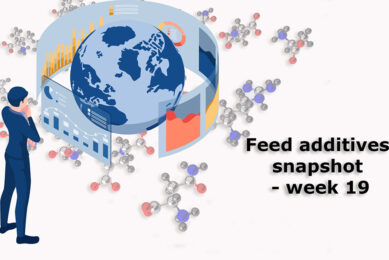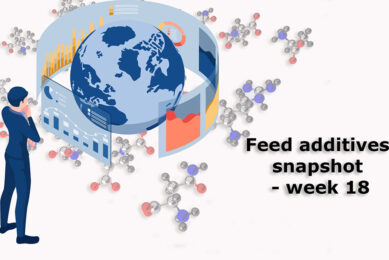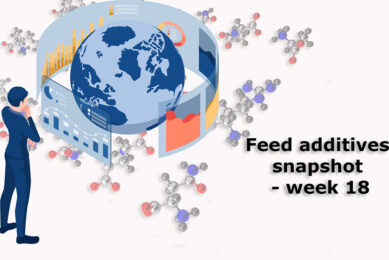Got (no) milk?
Oil is not the only product on the market for which record prices have to be paid. With the increased dairy demand in (primarily) Asia and the rising costs for animal feed, milk is also trading at record highs at the moment. According to the Food and Agriculture Organization International dairy prices increased 46% between November 2006 and April 2007, with milk powder prices increasing even faster.
Free to produce
This global milk shortage reminds me of the American advertising campaign Got Milk? which was set up in 1993 to encourage the purchase of cow’s milk. The campaign (with the famous "milk moustache billboards") was set up to boost milk sales in the US after a 20-year slump.
Now we have the opposite situation (Got No Milk?); we don’t have to push the consumers to drink more milk, they beg for it! However, we currently don’t have the capacity to meet this demand. The only (quick) solution to release more milk onto the market is to relax the milk quotas. Luckily the European Commission agreed and recently adopted plans to increase milk quotas by 2% from April 1st 2008 onwards.
EU Agriculture Commissioner Mariann Fischer Boel said that as the ongoing reforms of the 2003 Common Agricultural Policy (CAP) are designed to free farmers to produce for the market, the current milk quotas are inconsistent with this aim. The decision to increase the milk quotas will release an extra 2.84 million tonnes of EU milk on to European and global dairy markets. That’s good news! However, EU farm ministers yesterday called for an even higher increase. Ministers from the Netherlands, Poland, Italy, Latvia and Romania said the Commission needs to raise dairy quotas by as much as 4%, instead of the 2% currently mooted.
Increase milk efficiency
Although milk quotas are increased, it does not necessarily mean that all farmers can increase their milk output that easily by expanding their business. For young farmers who want to do so it is great of course! But some farmers cannot buy extra cows and are therefore looking for measures to boost their milk output. Areas that are therefore gaining more interest are rumen health, gut health and the use of natural, bio-available feed additives. Going more natural is already a trend in the overall livestock production and is now even more important to increase performance and thus output in dairy operations.
For how long the high milk prices will remain is difficult to predict. Fact is, in some countries the beer is more affordable than milk at the moment. Just coming back from a ruminant conference in Ireland , I think I have to stick to drinking Guinness instead of my daily glass of milk then!










